(+)-Bornyl acetate
Modify Date: 2024-01-06 12:48:02

(+)-Bornyl acetate structure
|
Common Name | (+)-Bornyl acetate | ||
|---|---|---|---|---|
| CAS Number | 76-49-3 | Molecular Weight | 196.286 | |
| Density | 1.0±0.1 g/cm3 | Boiling Point | 223.5±0.0 °C at 760 mmHg | |
| Molecular Formula | C12H20O2 | Melting Point | 27ºC | |
| MSDS | N/A | Flash Point | 87.4±6.0 °C | |
Use of (+)-Bornyl acetateBornyl acetate is a potent odorant, exhibiting one of the highest flavor dilution factor (FD factor). |
| Name | 1,7,7-Trimethylbicyclo[2.2.1]heptan-2-ol acetate |
|---|---|
| Synonym | More Synonyms |
| Description | Bornyl acetate is a potent odorant, exhibiting one of the highest flavor dilution factor (FD factor). |
|---|---|
| Related Catalog | |
| In Vitro | Bornyl acetate is characterized as one of the most important odorants of fresh ginger juice, as it exhibits one of the highest FD factors. Bornyl acetate is also identified as playing very important sensory roles in the aroma of fresh Japanese ginger. |
| References |
| Density | 1.0±0.1 g/cm3 |
|---|---|
| Boiling Point | 223.5±0.0 °C at 760 mmHg |
| Melting Point | 27ºC |
| Molecular Formula | C12H20O2 |
| Molecular Weight | 196.286 |
| Flash Point | 87.4±6.0 °C |
| Exact Mass | 196.146332 |
| PSA | 26.30000 |
| LogP | 3.60 |
| Vapour Pressure | 0.1±0.4 mmHg at 25°C |
| Index of Refraction | 1.480 |
| Hazard Codes | Xi |
|---|---|
| WGK Germany | 1 |
| Packaging Group | III |
| Precursor 10 | |
|---|---|
| DownStream 9 | |
| Bicyclo(2.2.1)heptan-2-ol, 1,7,7-trimethyl-, acetate, (1R,2S,4R)-rel- |
| BORNYL ACETATE, (+)- |
| d-Bornyl acetate |
| (1R,2S,4R)-1,7,7-Trimethylbicyclo[2.2.1]hept-2-yl acetate |
| (+)-Acetic acid bornyl ester |
| MFCD00135944 |
| Bicyclo[2.2.1]heptan-2-ol, 1,7,7-trimethyl-, acetate, (1R,2S,4R)- |
| EINECS 200-964-4 |
| endo-(1R)-1,7,7-Trimethylbicyclo[2.2.1]hept-2-yl acetate |
 CAS#:108-24-7
CAS#:108-24-7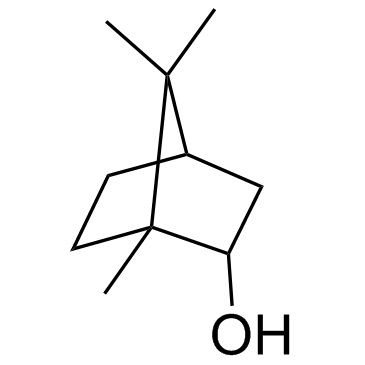 CAS#:507-70-0
CAS#:507-70-0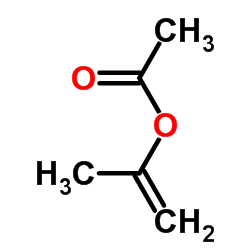 CAS#:108-22-5
CAS#:108-22-5 CAS#:108-05-4
CAS#:108-05-4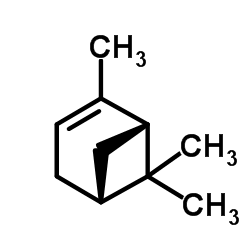 CAS#:80-56-8
CAS#:80-56-8 CAS#:64-19-7
CAS#:64-19-7 CAS#:464-43-7
CAS#:464-43-7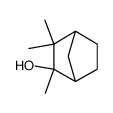 CAS#:13429-57-7
CAS#:13429-57-7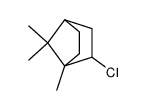 CAS#:559-45-5
CAS#:559-45-5 CAS#:79-92-5
CAS#:79-92-5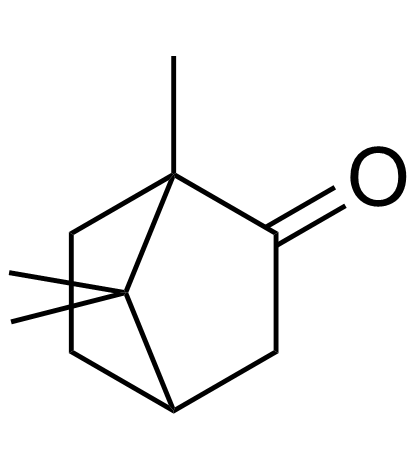 CAS#:76-22-2
CAS#:76-22-2 CAS#:54509-73-8
CAS#:54509-73-8![Bicyclo[2.2.1]hept-2-ene,1,7,7-trimethyl- structure](https://image.chemsrc.com/caspic/285/464-17-5.png) CAS#:464-17-5
CAS#:464-17-5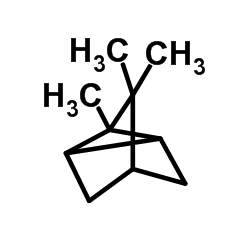 CAS#:508-32-7
CAS#:508-32-7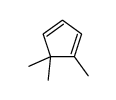 CAS#:4249-09-6
CAS#:4249-09-6 CAS#:6627-72-1
CAS#:6627-72-1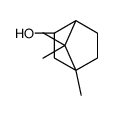 CAS#:1686-28-8
CAS#:1686-28-8
